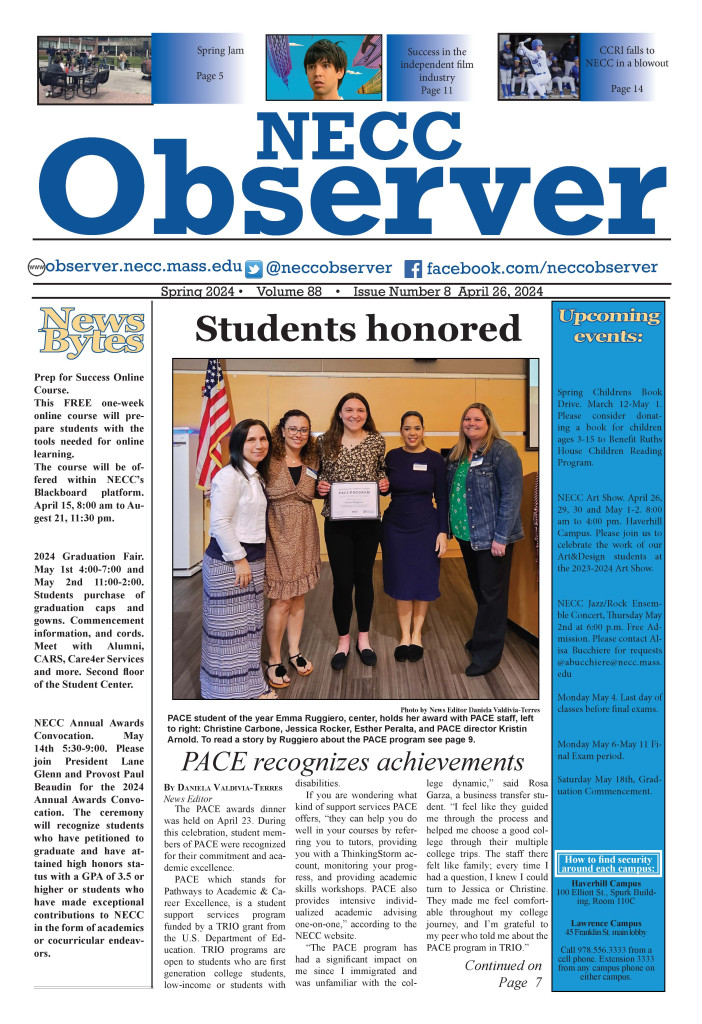Some people are absolutely militant when it comes to the idea of remakes. “Why bother trying to fix what isn’t broken?” they roar, spittle flying from their mouths as they work themselves up into a futile rage. “Is nothing sacred?”
These people are probably disgusted with Disney’s recent idea to remake a number of its animated classics in live action, including “Maleficent” and “Cinderella,” and yes, Jon Favreau’s new take on “The Jungle Book.”
I’m a bit more flexible about these things; the idea of a remake is not inherently bad to me, although I do understand the hesitation to get excited. So many remakes, particularly when it comes to already-dubious genres like horror, are tossed out merely as a fresh way to cash in on an old idea.
But there are plenty of examples of film remakes that not only offer a new and exciting way to look at aged material, but also improve on the original — and it’s my hope that this iteration of “Jungle Book” will be studied in film classes as an example of this phenomenon.
That’s because Favreau’s take on this story pumps it full of life in ways I never expected. Where the 1967 Disney version was a typical animated musical comedy of the day, the 2016 edition is an exhilarating, electrifying and often terrifying adventure thrill ride. Yes, this is a movie that can be charming one moment with a rendition of “Bare Necessities,” then alarmingly suspenseful the next.
Those moments of suspense and horror are largely due to the strength of the film’s villain, Shere Khan, voiced by Idris Elba in a sinister and genuinely threatening performance. This time around, we get a bit more detail in the background of all the characters, which makes his — and everyone else’s — motivations a lot clearer.
Raised by wolves, Mowgli (Neel Sethi) is the son of the man who gave Shere Khan his scar (and lost him the use of his left eye). Tensions are high in the animal kingdom as the result of a drought, so when Khan discovers the boy, he agrees not to go after him until water has returned to the jungle.
Naturally, it does, leaving Mowgli to decide that he would rather not endanger the whole pack — and so, with panther companion Bagheera (Ben Kingsley), he sets off to rejoin his species in the “man village.”
The journey, of course, is not a straightforward one. All the better, I say, to look at all the visually stunning places Mowgli, Bagheera and later Baloo (Bill Murray) visit. That’s because this film is a landmark technical achievement in that its lone actor onscreen — Sethi — was filmed on soundstages in Hollywood, with the jungle and all the creatures around him rendered in CGI afterwards.
But this isn’t like a Zack Snyder film, where the CGI elements stand out in garish contrast to the real ones — everything in Favreau’s film is breathtakingly realistic and beautiful. And for his part, Sethi does a fantastic job acting as an organic part of this artificially-created world; though the Jim Henson Company was on hand to provide puppets for him to act alongside (none of which appear in the finished film), it still must have taken a degree of skill to act as a jungle inhabitant on a sterile soundstage, particularly at 12 years old.
What’s most impressive about this version of the tale, of course, is that there’s a real sense of adventure this time around. Kipling’s original books were probably not the ideal material for a comedy-musical, and their true nature comes through in a much more appealing way with the danger and tension presented here. Plus, Murray and Christopher Walken (playing a short scene as giant gorilla King Louie) balance this with plenty of light humor, making this a well-rounded and delightful bit of family entertainment.

